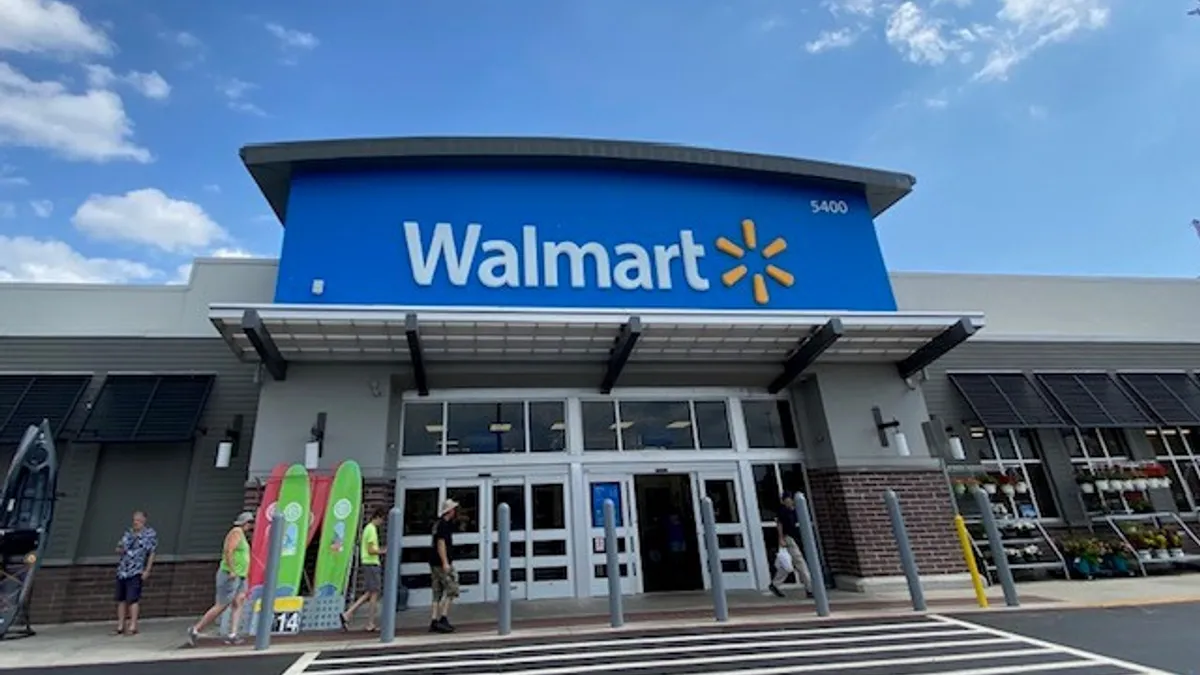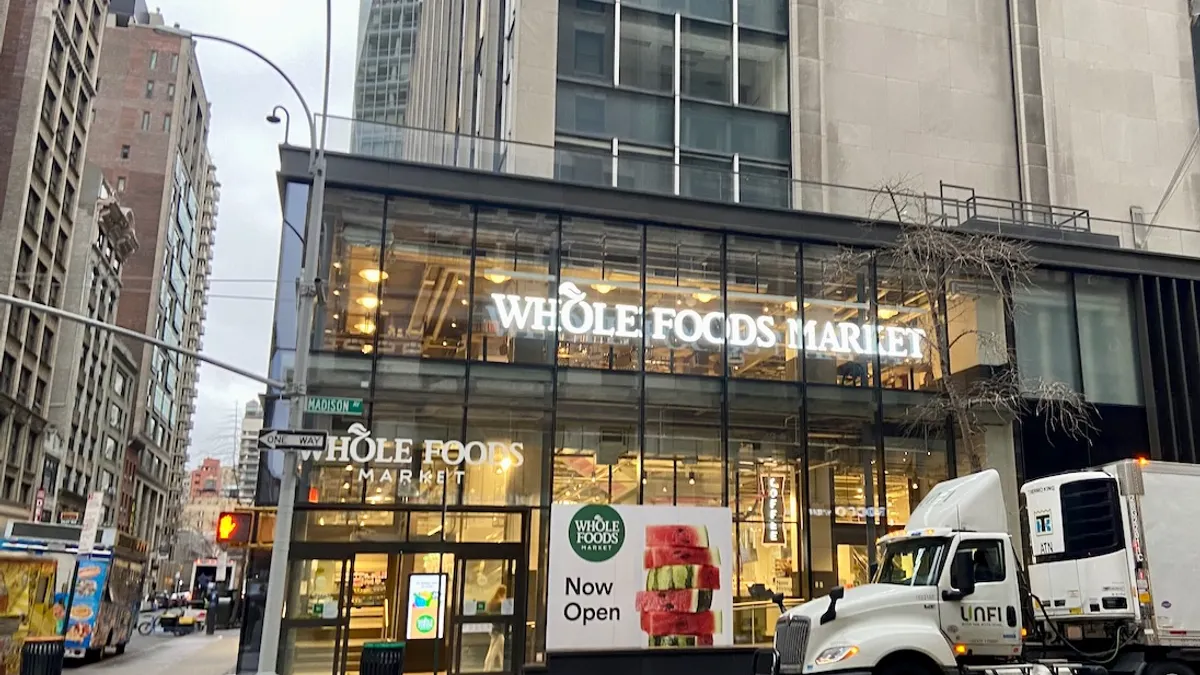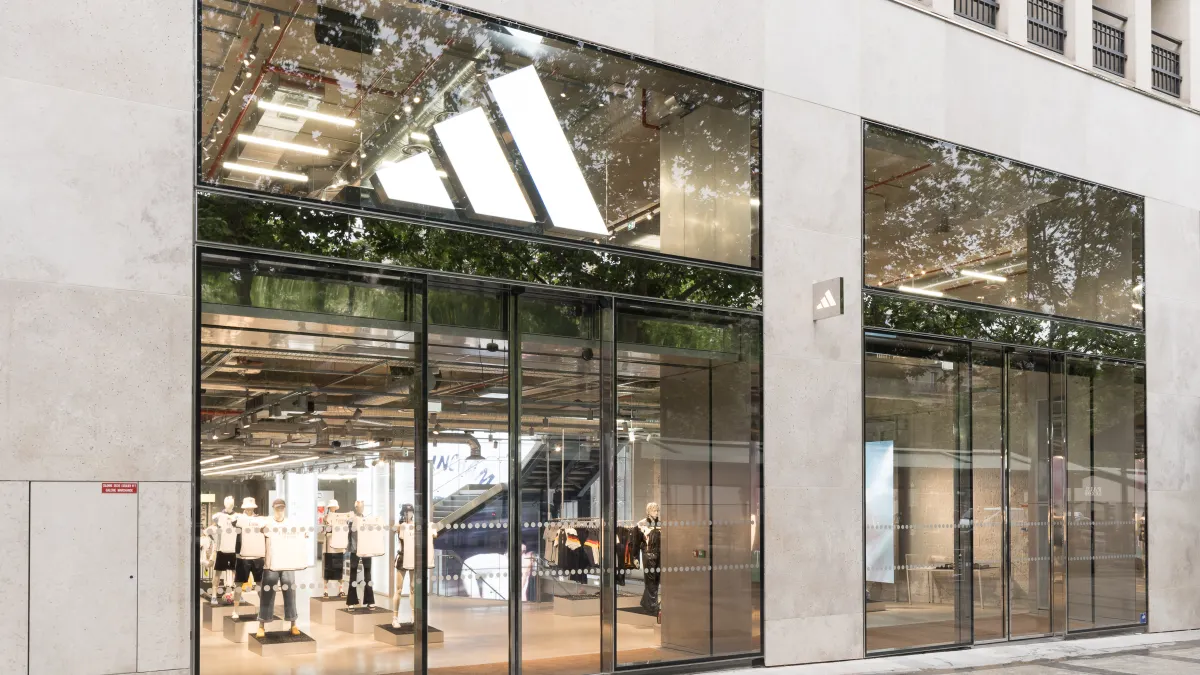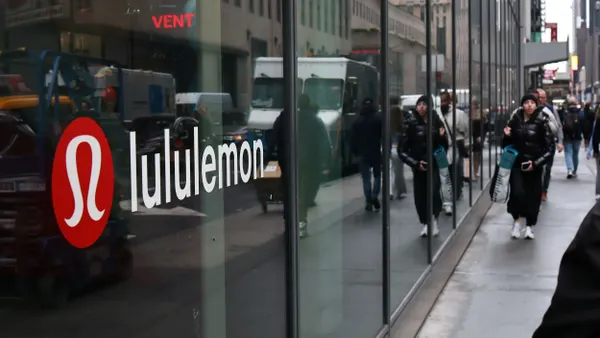For many retailers, second quarter earnings discussions centered around tariff mitigation and consumer sentiment.
While both are important concerns, one other theme showed itself as impacting several retailers during the period.
Rising costs related to medical and liability claims are hitting the industry at large.
And although that was somewhat expected heading into the year, the precise impact has been a bit of a surprise — even for one of the country's largest retailers.
Going into this year, a report from professional services company Aon showed that the average cost of employer-sponsored health plans were expected to grow 9% in 2025 if no cost reduction actions were taken. Plus, a survey from Mercer released this month found that the cost of health benefits per employee could climb an average of 6.5% next year.
The problem seemingly isn’t going away any time soon. Here’s a look at the impact it’s had on some retailers this past quarter:
Walmart
Walmart's Q2 revenue grew 4.8% year over year to $177.4 billion, while net income increased 51.8% to about $7.2 billion. The retailer’s U.S. net sales and comps also jumped, bolstering an overall strong performance.
However, the mass retailer also reported its operating income (which decreased 8.2%) was impacted in part by higher self-insured general liability claims expenses.
“Looking at profit for the quarter, adjusted operating income grew 0.4% in constant currency,” Walmart CEO Doug McMillon told analysts on a call. “This is below what we expected going into the quarter as we absorbed a headwind of 560 basis points for the expenses related to general liability claims in the U.S.”
Adjusted SG&A was also impacted due to this, according to Walmart’s Chief Financial Officer John David Rainey.
“Adjusted SG&A expenses deleveraged 35 basis points in Q2 due primarily to higher claims expense in the U.S. as I previewed in our last quarter's remarks,” the executive told analysts. “This expense pertains to general liability and workers' compensation claims for which we self-insure.”
While claim count has decreased year over year, the cost to resolve claims has risen for the company, with an accrued additional $450 million over the retailer’s planned expenses in Q2, Rainey added. The retailer’s executives said that the company has and will continue to take mitigating actions regarding the number and cost of claims.
“Insurance related claim expenses were the largest surprise to the print,” Roth Managing Director Bill Kirk said in a note shared with Retail Dive at the time.
Dollar Tree
Mass discount retailer Dollar Tree also reported solid results during Q2. The company saw net sales grow 12.3% year over year to $4.6 billion and same-store net sales increased 6.5%.
But claims costs also proved to be one of its few sore spots.
“As many companies have noted recently, the cost of claims continues to rise across the industry,” CFO Stewart Glendinning told analysts on a call.
Similar to Walmart, the executive said the issue is not necessarily an increased volume of claims.
“This is something we're seeing across all industry, the cost of settling claims is getting higher,” Glendinning said. “And therefore, while we haven't seen any increase in the rate of claims, we are seeing those claims come in more costly. And just so you understand, this is not the question of sort of million dollar claims. Most of the claims we have are very, very small, but it's the percentage cost change between settlement last year and the settlements we're seeing now.”
Dollar General
One of Dollar Tree’s main competitors, Dollar General, briefly noted on its earnings call that it, too, has seen increased costs in this area. However, the impact hasn’t been substantial enough to warrant mention in its reporting.
“On the general liability front, we are seeing some impact,” Dollar General’s then-CFO Kelly Dilts said on a call with analysts. “It's not material. Generally, we're seeing the trend towards claims being more expensive as we resolve those, but not a material impact to us right now.”
For the second quarter, the retailer’s net sales improved 5.1% year over year to reach $10.7 billion. Meanwhile, its same-store sales increased 2.8% and the company raised its full-year guidance.
Best Buy
Best Buy’s second quarter revenue increased 1.6% to around $9.4 billion, with domestic revenue improving 0.9% to $8.7 billion.
The electronics retailer’s domestic adjusted SG&A expenses in the quarter were $1.68 billion (19.3% of revenue) compared to $1.66 billion (19.3% of revenue) the year before, marking a $19 million increase.
“[O]ur domestic adjusted SG&A increased $19 million, primarily due to ... compensation expense, which included higher medical claims,” Best Buy Chief Financial and Strategy Officer Matthew Bilunas told analysts.






















